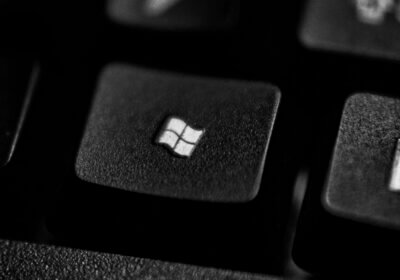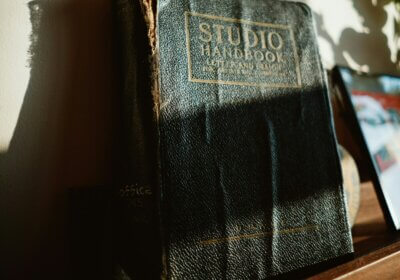Names like Spider-Man, Ironman or Captain America sure do ring a bell for many of us. For at least 80 years, comic books were significant part of our popular culture and, oh well, of our lives. We frequently read them and we definitely love the short action superhero stories.
But we don’t know much about one of the most notorious fonts that ever existed: the comic book font. The font is everywhere: in comic books, in the opening scene of most superhero movies, online. There are even 28 different comic book fonts available on What Font Is. Instantly recognisable. Extremely likeable. But have you ever thought what’s the story behind them? So, with no further ado, let’s dig into the wonderful life of comics and see what we can find out.

When comic books first appeared, the letterers were writing the text by hand. This went on for approximately half a century. Shockingly, right? Also, a few practical aspects influenced the shape and appearance of the letters a lot, such as:
- the quality of the paper;
- the font’s readability.
Back in the days, comic were printed on paper that very much resembled the one used for newspapers. Due to its poor quality – which had an impact on the readability – this type of paper couldn’t handle a variety of fonts.
So, in order to compensate, to make the text easier to read and use the available space at its full potential, letterers came up with this all caps font.


In case you decide to use one of the 28 fonts available on What Font Is, here are some rules that will transform your text into a comic book work of art.
#1: The Crossbar
In comics, the use of `I` with both upper and lower crossbars is used for marking only the personal pronoun or acronyms.
#2: The Bold Italic
Need to emphasise a word? Well, the combination of bold and italic is perfect for this particular use. Keep in mind to avoid using it when it’s not necessary because that will defeat his whole purpose.
#3: The Lonely Italic
On its own, Italic is used quite a lot in comic books, especially for marking monologue or for indicating captions.
#4: To spell or not to spell… numbers?
The answer is: preferably yes, do spell. Unless it’s a very big number, a date or a part of somebody’s name.
#5: Quotation marks
Usually, quotation marks indicate when a character is speaking off-camera.
Until next time,




